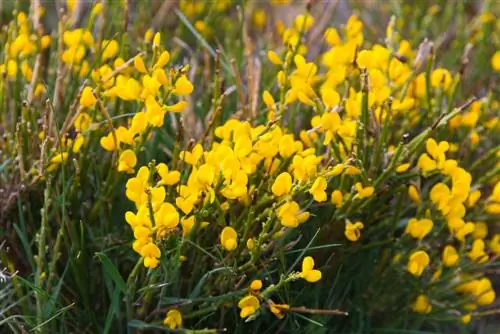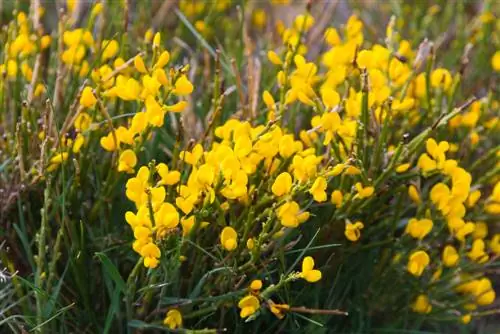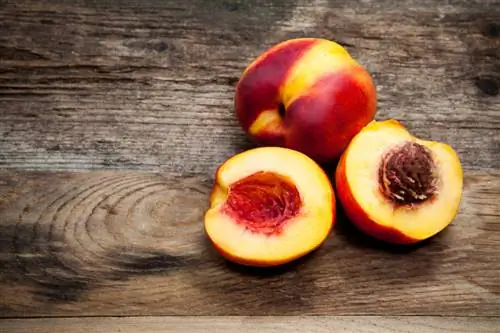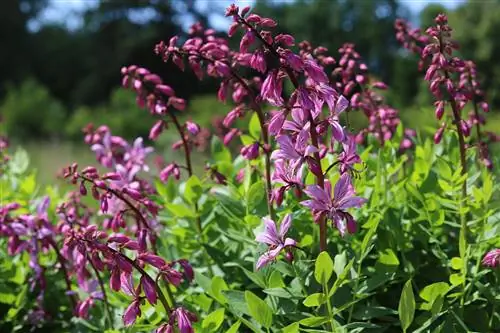- Author admin [email protected].
- Public 2023-12-16 16:46.
- Last modified 2025-01-23 11:21.
The broom or all species in this genus are considered to be quite easy to care for, robust and hardy. As a result, these plants only very rarely suffer from various diseases. However, this requires good care in the right location.

How to save broom from diseases or growth problems?
Broom is easy to care for and rarely affected by diseases or pests. Problems usually arise from unsuitable locations, waterlogging or frost damage. To save, you can remove the dead wood, improve the soil or transplant the plant carefully.
What problems occur with gorse?
As well as against diseases, the gorse is also quite resistant to pests, and an infestation is quite unlikely. However, it doesn't always thrive. The reason for this usually lies in the location or in the care. To grow and bloom, broom needs lots of light and warmth as well as loose soil.
When waterlogging occurs, the roots of the gorse often rot; it just needs to be watered sufficiently when planting or as a young plant. Although hardy, it can suffer from frost damage. These mainly occur on young plants or after pruning too late.
Can I still save ailing gorse?
If your gorse shows dry shoots in spring, then they are probably frozen. Protect the plant from late frosts and later carefully cut into he althy wood. If soil that is too moist is the cause of a lack of growth, loosen it with sand.
Can I simply transplant poorly growing gorse?
Before replanting your gorse, it is better to try to improve the conditions at the current location. Because the gorse doesn't like to move. If it cannot be avoided, then handle the sensitive taproots carefully.
Carefully dig up your gorse and plant it just as deep in the ground as it was previously planted. This requires a fairly deep planting hole because the roots of the broom grow very long.
The most important things in brief:
- very easy to care for and robust
- less susceptible to diseases and pests
- Root rot due to waterlogging
- Drying due to planting errors
- slow to bloom in the shade and when over-fertilized
- lack of growth in heavy soil
Tip
If you have planted your broom in the right place, looked after it well and protected it from frost in the first winter, then it will not suffer from diseases or pests.






